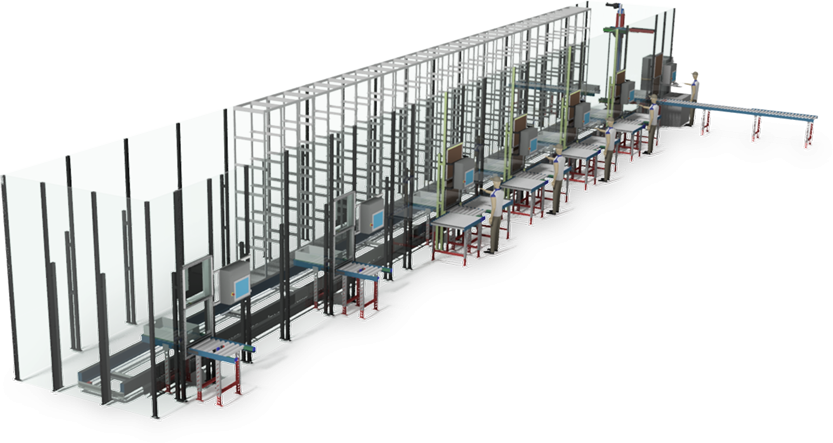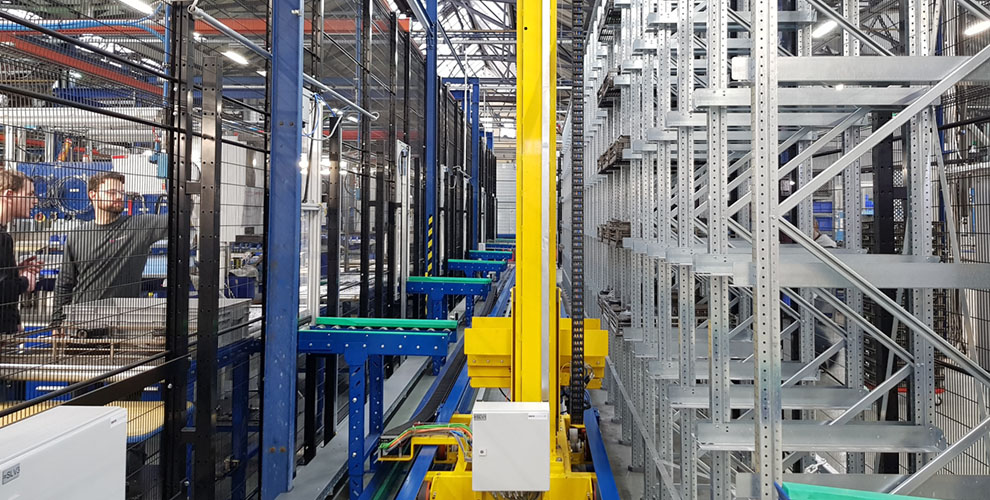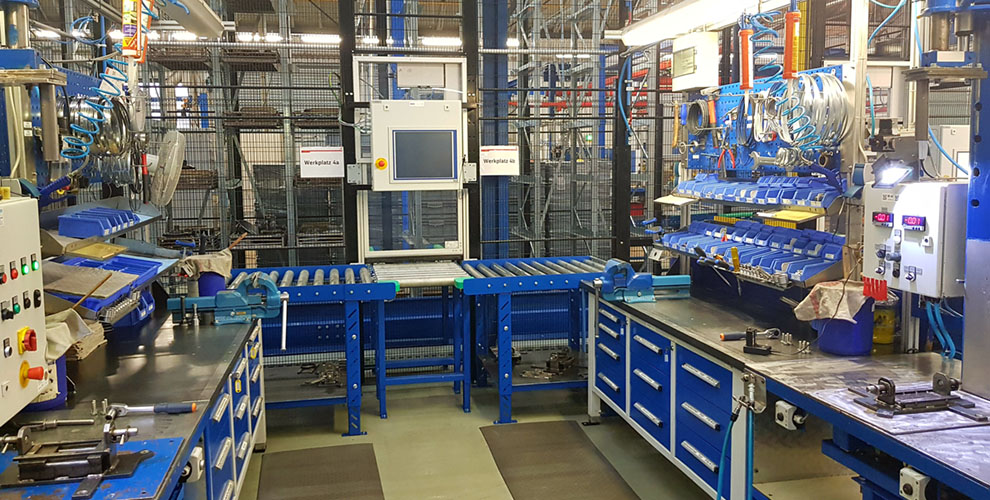Ergonomic storage rack
Delivery period: August 2017
The client: DB Fahrzeuginstandhaltung GmbH, Werk Fulda
DB Fahrzeuginstandhaltung GmbH, headquartered in Frankfurt am Main, is a globally active company that offers maintenance services. Its customers include operating companies, leasing companies and manufacturers of rail vehicles and rail vehicle components. DB Fahrzeuginstandhaltung GmbH operates 12 locations in Germany. The Fulda plant specialises in the repair of brake components for all types of rail vehicles.
Clients
Features
- Conveying Elements: Storage techniques
- Convey Goods: Brake components with max. 100 kg per basket
- Industry: Passenger and freight traffic / rail vehicles




